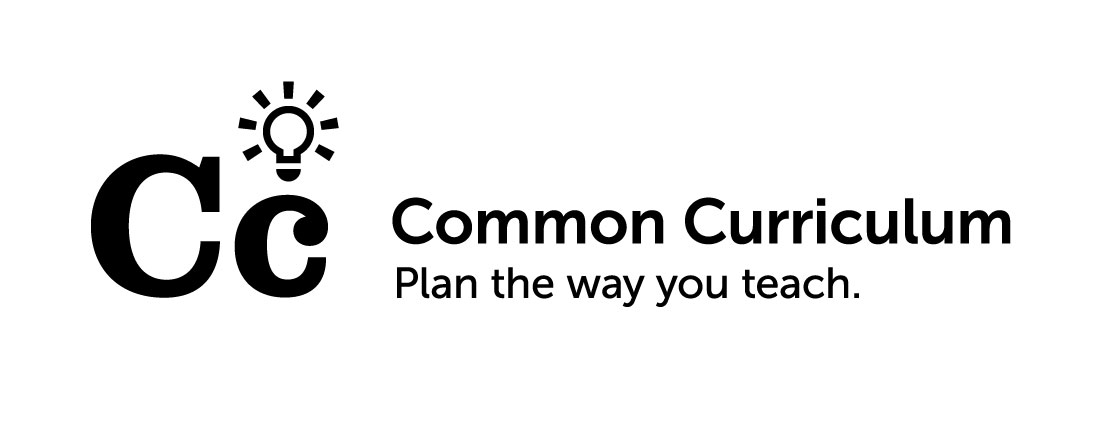Updated 4:00 p.m. 8/23/12: The version of Common Curriculum launched last night “represents about a year of work,” Earle said via e-mail, but Messinger has been working on the product for about three years. Earle also said that Joe Manko, principal of Liberty Elementary School, estimated there were around 120 attendees by the end of the night.
We’re not sure if anyone was keeping count at the door, but if we had to wager the price of a kegger on it, more than 65 people crowded into the upstairs bar of Max’s Taphouse for edtech startup Common Curriculum’s launch party Wednesday night.
Fire codes be damned. Long live the open bar.
“This country has a curriculum problem,” said Robbie Earle, 25, as he and 28-year-old co-founder Scott Messinger took their places in front of a projection screen and began their product demo. Then Earle rattled off what many of the teachers present would consider a tautology on the matter: “The best lessons produce the best results for your kids.”

What the Common Curriculum service is billed as doing is making large desk calendars littered with Post-It notes outlining lessons for each day things of the past.
Teachers, sign up for the service for free here. (Updated: Messinger informs us that by the end of today, the new version of the Common Curriculum app will be available for teachers interested in signing up.)
The web-based app is structured as a weekly lesson planner, with the teachers’ lesson plan screen split into five columns to correspond to days of the week. Each row to the left of those columns corresponds with a particular subject—math, writing, reading and so on. The entire column-row interface is a template that teachers can edit, say, to add or subtract subjects Within each row are what Messinger calls “cards,” which are nothing more than text boxes inside of which teachers can type information as it relates to course objectives, procedures, standards, homework and the lesson itself.
And the coup de grace to the paperback lesson planner? Not only can those cards be dragged and dropped anywhere else—you try shifting a Douglas-fir’s worth of Post-It notes on some desk calendar after your school closes for a snow day—but the cards can also be marked “public,” which means the information will be published on a teacher’s website, and can be e-mailed out automatically with the click of a button, so parents, for instance, will always know what homework their children are required to do.
“The idea is that we replace all of those lesson plans and those calendars so that the only things [teachers are] making on their [computer] desktops are handouts,” says Earle. “All their thoughts, brainstorming, lessons themselves go into Common Curriculum.”

Messinger began designing and coding what would become Common Curriculum about one year ago. A veteran of the Baltimore City Teaching Residency, he taught at Harlem Park Elementary School for four years. Earle joined in September 2011, what was the beginning of his third and final year with Teach for America, and now oversees business development. Both of them are working full-time on Common Curriculum, which, as of earlier this month, was “funded,” as Messinger tweeted.
While the exact investment amount is undisclosed, one of the investors is the Abell Foundation, which boasts “technology-aided education” as one of its interests in improving public education.
“We’ve used the initial funds to develop the product and go through iterations,” says Messinger.
Right now, the beta version of the site is open, and teachers can sign up for free.
Messinger and Earle want to have as many teachers as possible using Common Curriculum early on so they can solicit criticism of the product, to know what works, what doesn’t and what can be improved.
In the first quarter, Common Curriculum will introduce a collaboration feature, whereby two teachers can share the same lesson plan and both can have editing capability, said Earle last night. The longterm plan, says Messinger, involves enabling teachers to plan entire units of coursework through Common Curriculum, effectively expanding the weekly lesson plan to a monthly one, integrating Dropbox into the lesson templates, so files can be associated with specific classes, and developing an online marketplace where teachers can either sell lessons or give them away.
Since it’s a product developed in Baltimore, Messinger and Earle expect many of their early users to be from or near the city, although teachers from states as far away as Texas have expressed interest in using Common Curriculum.
“We want to supply a great curriculum. We want to help teachers design great instruction,” Messinger says. “The more people we have on the site, the better we can accomplish that mission.”
Common Curriculum: online lesson planning for teachers, officially launches at Max’s Taphouse







